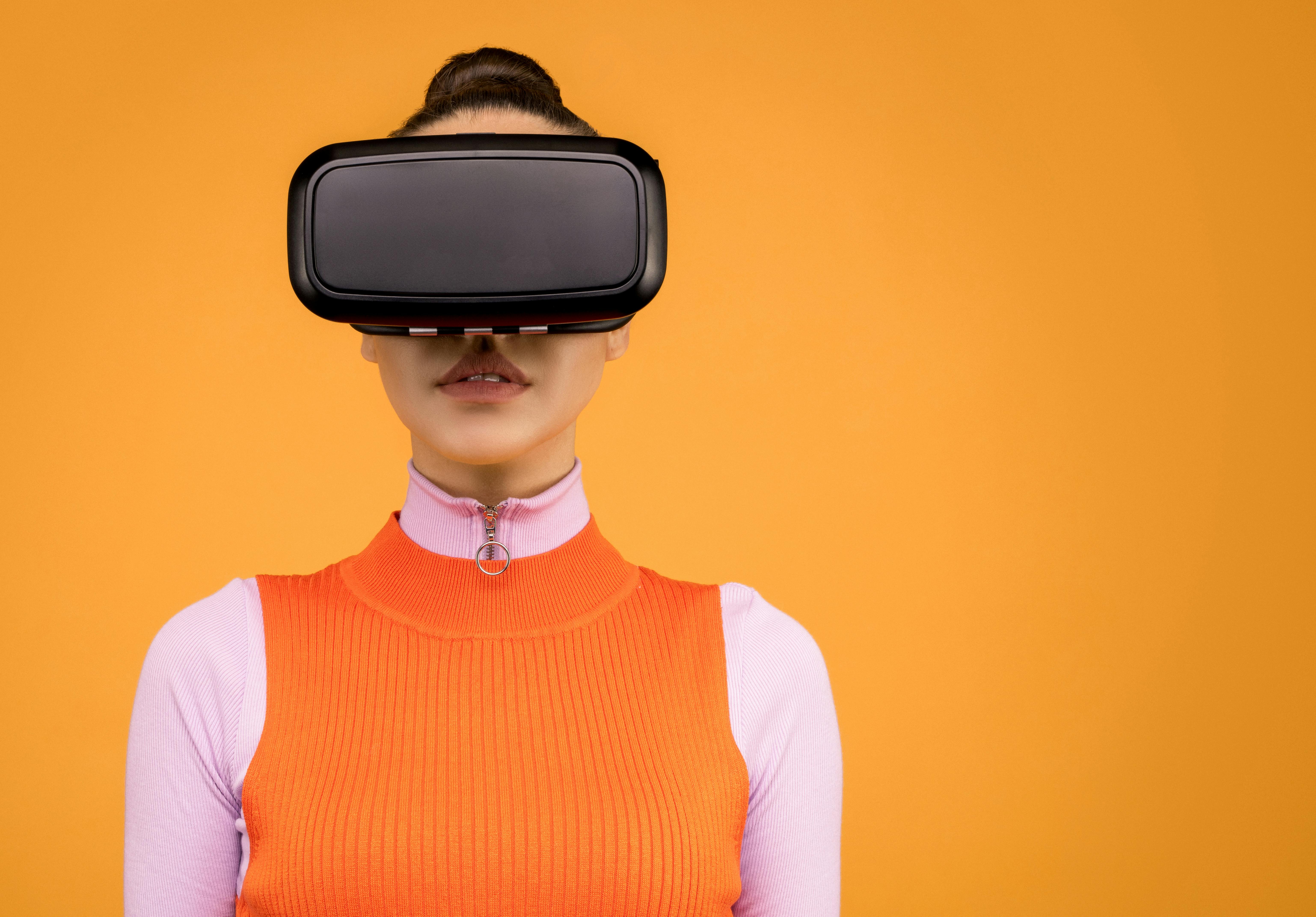Would you spend $1,000 on a smartphone?
Apple is ready to launch its highly anticipated iPhone 8.
The phone will reportedly have all sorts of new features and a new design. It will take your device to a new level in looks and performance.
The price could also take an iPhone user to a new level. Apple’s 10th anniversary phone could set you back a thousand dollars or more.
Some reports indicate that the phone will cost $999 with 64GB rising to $1,099 with 256GB and maxing out at $1,199 for a high powered 512GB device.
Even at its lowest tier, the phone represents a whopping 40% to 50% increase over the $649 base model iPhone 7.
However, paying a premium for an iPhone is not new to many Apple fans. For example, those who bought an iPhone 7 plus with all the bells and whistles may have already crossed the four-figure threshold.
Apple isn’t alone in the new pricing stratosphere. The Samsung Galaxy Note 8 is also scheduled for release in the coming weeks. Online chatter suggests the Note 8 will also approach or exceed four figures.
Why the higher prices? Competition among the major cell phone players is heating up.
Consumers demand more features and manufacturers are willing to accommodate them, all at a price.
Innovations like an edge-to-edge OLED display, water resistance, iris scanning, and dual cameras are becoming commonplace. While they add to the enjoyment and performance of the phone, they are also more expensive to build.
While enthusiasm for the new phones generates a lot of interest, a recent article on USA Today indicates that the price of a premium cell phone has actually been flat or down, not up.
The newspaper cites a report by researcher Gartner. It reports that in the first quarter of 2017, average prices in the premium segment (the highest-end smartphones) were $460, compared to $482 during the same period a year earlier.
The findings in that report are perhaps obscured by the way companies now charge for phones, which now creates little surprise. In the past, wireless carriers would allow you to prepay for a phone that was subsidized at a somewhat reduced price. The price was usually tied to a two-year contractual obligation. Some items would have a retail price of $649 but would be listed for $199.
Monthly installment schedules also help spread the price of a new high-end device. Some will offer discounts if you trade in a recent model.
Cell phone companies want the phone in your hands realizing that you will need to rely on them for cell service.
Even at higher prices, many analysts expect the iPhone 8 to be in high demand. Apple users will welcome such likely additions as face unlock and wireless charging.
The phone will also run iOS 11, the latest version of Apple’s mobile operating system, and will emphasize augmented reality.
At the same conference, Apple is expected to introduce the new 7s and 7s Plus. These phones may lack all of the “8” options, but they’ll likely be priced less than the 10th-anniversary model.
Those who want a new phone but can live without the features of the iPhone 8 should have a cheaper alternative with the 7s line.
Regardless, the iPhone 8 appears to be another winner in a long line of successful products for the Cupertino, CA company. Apple users are used to paying a premium for their products and will line up en masse, even if they’ve shelled out over a thousand dollars, to get one.
